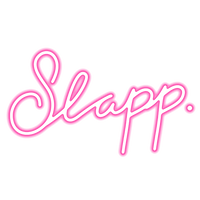Colour Correcting Decoded

Once reserved for makeup artists, colour correcting has become the beauty world’s newest obsession, with everyone from YSL to Marc Jacobs, getting in on the act.
And for good reason, as correctors have become a total lifesaver for days when regular makeup just won’t cut it. Designed to minimise and neutralise pesky imperfections, ranging from dark circles to red blotches, uneven pigmentation and acne, this technique is a sure fire way of securing immaculate seeming skin.

If you want to get in on the action and have no clue where to start, we’ve got the scoop on how to slay the look and camouflage like a pro.
Know your colour theory
Colour correcting is a balancing act and the magic begins with the art of colour theory. The general rule of thumb is opposite colours on the colour wheel are perfect combatants so use them to fight each other.
Sometimes flaws such as dark circles or rosacea can’t be completely concealed with
regular face makeup, and it’s easy to cake on unnecessary amounts of product. Laying down an opposing colour on the affected area before your foundation and concealer, will instantly counteract unwanted pigments, blending them seamlessly with the rest of your natural skin tone.

What colours neutralise what?
If you have heavy redness such as rosacea, broken capillaries, acne and pimples, you can neutralise these with a green corrector such as the L.A. Girl Pro Conceal in Green.
We love the L.A. Girl Pro Conceal in Yellow for controlling flushes of rosiness, which can sometimes appear on cheeks and around the nose.

If you find you have a slight tinge of sallowness or yellowness to your overall complexion or underneath the eyes, the absolute best colour for this is a lavender corrector like the Urban Decay Naked Skin Colour Correcting Fluid in lilac.
The biggest issue we hear our readers complaining of time and again, is dark circles and the way to counter them is with an orange corrector, and for that L.A. Girl's Pro Conceal in Orange is our current go to.

Don’t be afraid to mix and match and layer them too. For a flawless finish and ease of blending, we recommend using a slightly damp makeup sponge before you put on your concealer or BB.
Whoever said nobody's perfect, clearly didn't have the right tools!
